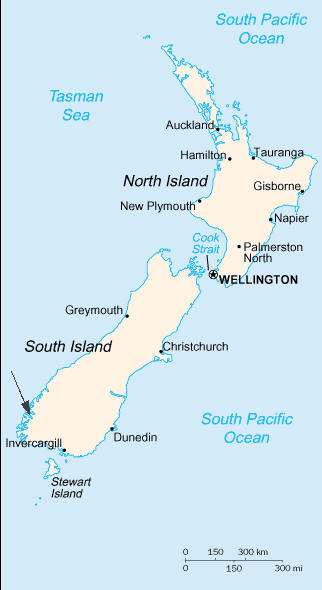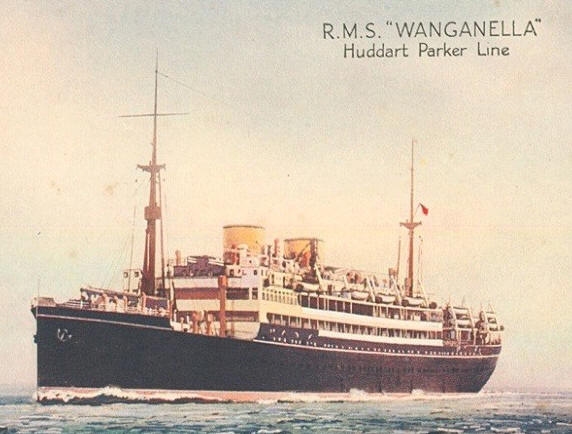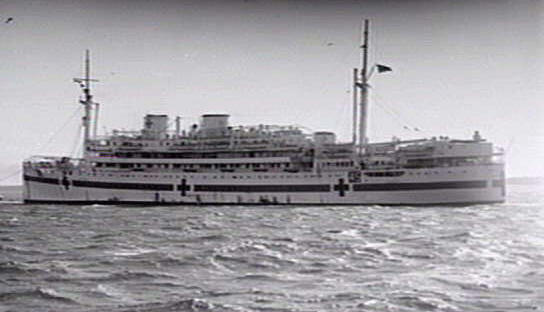Deep Cove Beer: 1960s
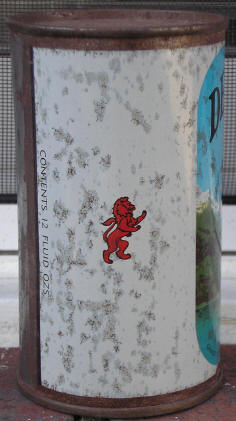 |
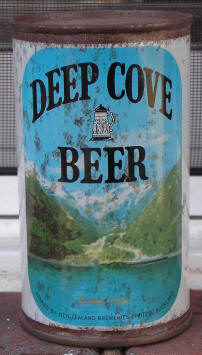 |
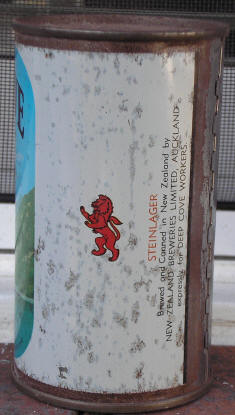 |
I picked up this can from a friend at the Blue-Gray show in Fredericksburg in 2005.
The Manapouri Power Project and Deep Cove Beer.
The Manapouri Power Project was designed to use the waters of New Zealand's Lake Manapouri to generate electric power. The powerhouse would be built 700 feet underground. One of the key parts of the plan was the construction of a huge concrete-lined tunnel to carry the lake water to the generating plant underground. This would require digging through granite, often having to deal as well with freezing underground streams. The project took over 1800 men working 24 hours a day eight years to complete. Sixteen men were killed during the construction (including some who died in a second phase of construction not covered here.)
|
The arrow at bottom left points to Doubtful Sound and Deep Cove. Map from the CIA World Factbook. Work on the power plant began in August 1963 and lasted until September 1971. The weather in the area can create difficult living conditions, so a unique base camp was established for the workers at a spot known as Deep Cove at the top of a fiord on the west coast of the south island. An aging luxury liner named the "Wanganella" was purchased by the contractors and moored alongside the wharf to act as a floating dormitory for the workers at the southern section of the project. At the same time a camp was established at the West Arm of Lake Manapouri at the northern end of the project. The base camps had to provide some recreation facilities for the workers, including food and beverage. Consequently various kinds of beers were available in the canteens, both on the Wanganella at Deep Cove and in the camp at West Arm. Much of the beer came as draught beer in kegs. However, they soon discovered that canned beer was more appropriate for the area because it was difficult to ship and store barrels of draught beer. Bottled beer was not allowed at Deep Cove. The contractors feared that empty bottles floating in the fiord were a hazard to the sea planes necessary to ferry people in and out of the project area. Floating objects could serious damage the planes’ floats. Apparently they also felt that cans made lousy weapons in a bar fight, should some bored and inebriated workers get into an argument. You can’t smash a can on a bar and used it as a jagged weapon! |
The WanganellaFrom 1933 until 1962 Wanganella was a top-of-the-line passenger liner with rooms for 304 First Class and 104 Second Class passengers. She sailed between Auckland, Wellington, Sydney, and Melbourne, with a break during World War II to serve as an Australian hospital ship. In 1963 she was moved to Deep Cove in Doubtful Sound and became living quarters for many of the construction workers building the Manapouri Power Station. In 1970 she was towed first to Hong Kong, then later to Taiwan where she was scrapped.
Photos courtesy of the State Library of Victoria. |
The two camps were in very remote rugged and inaccessible parts of the country and leave to the nearest cities and towns fairly infrequent and difficult. As a result social clubs were organized to provide entertainment for off-duty workers. The two camps had an active rivalry going and then the group at Deep Cove had a brainstorm. They would have their own brand of beer! A contest for the camps amateur artists was organized and the winning label was a rough black and white sketch of the mountains, valleys and sea surrounding Deep Cove camp with the Wanganella tied up at the wharf.
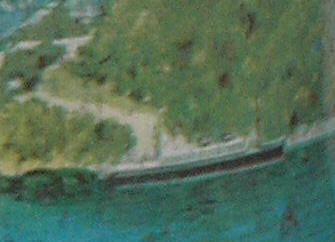 |
The Wanganella on the Deep Cove Can (detail) New Zealand Breweries then took the winning label and used it on a can made especially for the workers at the Deep Cove area of the project. The cans were filled with their premium lager, Steinlager, which also happened to be their beer with the highest alcohol content. The cans were sent only to Deep Cove for about a year. Afterwards the brewery disposed of remaining stock to overseas ships so that the brand never came on the domestic market. As soon as Deep Cove had their own beer, the West Arm crew wanted their own beer and so they also ended up with their own brand, “West Arm.” The cans were produced, filled with Steinlager, and shipped to the thirsty West Armers. |
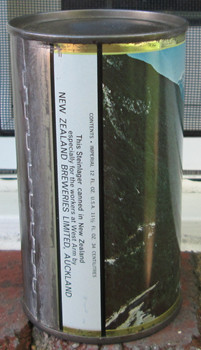 |
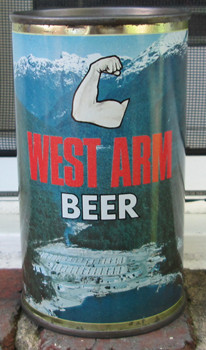 |
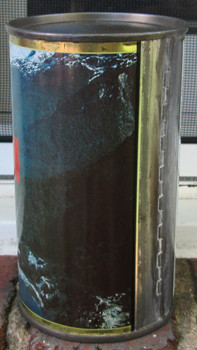 |
The West Arm can.
The brewer ceased making both brands when the project was completed. Deep Cove Beer was first produced in August 1967 and West Arm Beer in January 1968. Supplies of Deep Cove Beer to the camp ceased in November 1968 and to West Arm some three months earlier. Surplus Deep Cove Cans were used to can beer for supply to overseas ships and export markets until about 1970.
According to the National Library of New Zealand, when the Wanganella was towed away from its berth in 1963, the tug struggled to dislodge it from a bed of beer cans that had built up as the workers tossed their empties overboard!
In 2007-2008 the National Library of New Zealand hosted an exhibit on the Manapouri Power Project. The exhibit included some of the cans of beer made for the project. According to Wikipedia, the cove where Wanganella moored and the stream that supplied the ship's water are now named "Wanganella Cove" and "Wanganella Stream."
Memories of Deep CoveIn 2007 I received an email from a man who worked on the project. He noted in part, ...Deep Cove Beer .... had a kick of many mules & the after taste of many dead mules. It took quite some time & many beer one night before project manager Dave Devonport realized the beers many powers to refuse many men to not lift their heads off the pillows. .... Hole through was a three day piss up to beat all piss ups, with lots of blues, bruises & sore heads all due to Deep Cove Beer. A wonderful drop!!!!!!!! Thanks Moro! |
Additions and corrections are always welcome! Please email me at Mark@rustycans.com
Sources Used:
This account is based on a letter written by D.W. Bray. Company Marketing Manager for New Zealand Breweries and published in the “BCCA Collectors News Report” in May 1974.
Additional sources include:
Meridian Energy Company website

